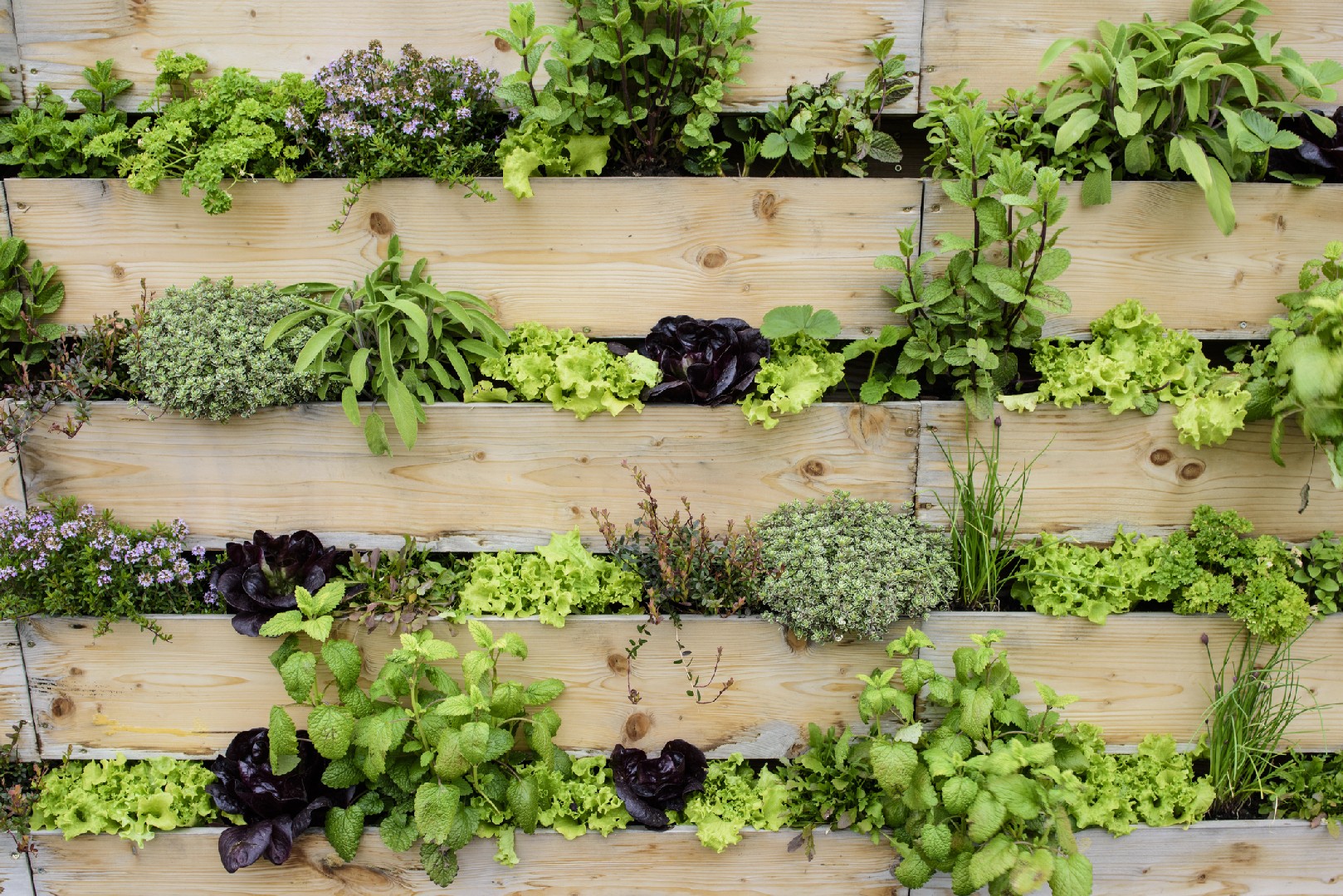
Choosing Your Vertical Garden Structure: Trellises Vs Towers
When it comes to building a vertical garden for your edible greens, one of the first decisions you'll need to make is choosing between trellises and towers. Both options have their own unique pros and cons, and understanding them will help you make an informed choice that suits your specific needs.
Let's start by exploring the pros and cons of trellises. Trellises are vertical structures that provide support for climbing plants such as tomatoes, cucumbers, and beans. One of the main advantages of trellises is their space-saving nature. By taking advantage of vertical space, you can maximize your growing area and have more room for other plants or activities in your garden. Trellises also allow for better air circulation and sunlight exposure, which can result in healthier plants and increased yield. However, it's important to note that trellises require regular maintenance, such as pruning and tying up plants, to ensure they grow in the desired direction.
On the other hand, towers are freestanding structures that can accommodate a variety of plants, including both climbers and non-climbers. Unlike trellises, towers are not limited to a specific height and can be customizable to fit the available space. Towers also provide a visual focal point in your garden, adding a vertical element that can enhance the overall aesthetic appeal. Additionally, towers may require less maintenance compared to trellises, as plants in towers can be arranged in a way that minimizes the need for pruning or tying up.
When choosing between trellises and towers, there are a few factors to consider. Firstly, think about the type of plants you want to grow. If you mainly plan to grow climbing plants, then trellises would be the ideal choice. However, if you want to have a mix of climbers and non-climbers, towers offer more flexibility. Secondly, assess the available space in your garden. Trellises are great for narrow spaces or areas with limited square footage, while towers work well in larger areas where you have more room to spare.
Lastly, consider customizing your choice based on the specific needs of your plants. Some plants, such as tomatoes, may require taller structures to support their growth, while others, like herbs, can thrive in smaller structures. Take into account the growth habits and space requirements of your chosen plants to ensure they have enough room to flourish.
In conclusion, choosing between trellises and towers for your vertical garden depends on your specific needs and preferences. Both options have their own advantages and considerations, so it's important to weigh them carefully. By understanding the pros and cons of each option, considering factors like plant types and available space, and customizing your choice based on the specific needs of your plants, you'll be able to build a vertical garden structure that suits your needs and allows your edible greens to thrive.









